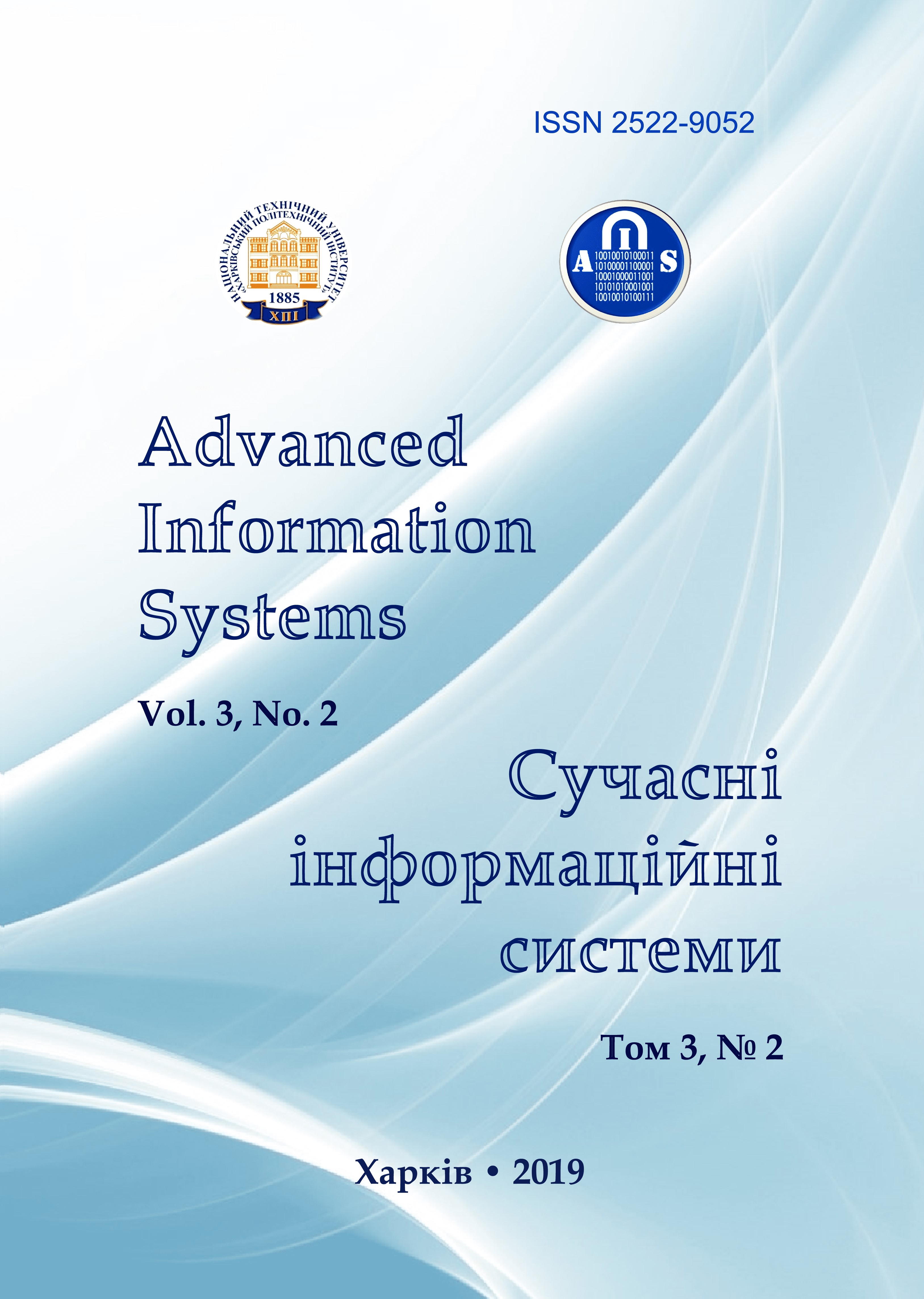DESIGNING EXPLANATIONS IN THE RECOMMENDER SYSTEMS BASED ON THE PRINCIPLE OF A BLACK BOX
Main Article Content
Abstract
Article Details
References
Aggarwal, C.C. (2017), Recommender Systems: The Textbook, Springer, New York, 498 p.
Bennet, J. and Lanning, S. (2019), The Netflix Prize [Proceedings of KDD cup and workshop], available at: http://www.netflixprize.com
Linden, G., Smith, B. and York J. (2003), “Amazon.com recommendations: Item-to-item collaborative filtering”, Internet Computing, IEEE, vol. 7, no. 1, pp. 76–80.
Ricci, F., Rokach, L., Shapira, B. and Kantor, P. (2011), Recommender systems handbook, Springer, New York, 842 p.
Shilling, I. (2018), Attack detection for recommender systems based on credibility of group users and rating time series, DOI: https://doi.org/10.1371/journal.pone.0196533
Schein, A.I., Popescul, A., Ungar, L.H. and Pennock, D.M. (2002), “Methods and metrics for cold-start recommendations”, Proceedings of the 25th annual international ACM SIGIR conference on Research and development in information retrieval, pp. 253–260.
Cleger-Tamayo, S., Fernandez-Luna, J.M. and Huete, J.F (2012), “Explaining neighborhood-based recommendations”, The 35th International ACM SIGIR conference on Research and development in information retrieval, ACM, pp. 1063–1064.
Tintare, N. and Masthoff, J. (2012), “The effectiveness of explanations for recommender systems”, User Modeling and User-Adapted Interaction, No. 22(4), pp. 399–439.
Tintarev, N. and Masthoff, J. (2007), “A Survey of Explanations in Recommender Systems”, Workshop on Recommender Systems and Intelligent User Interfaces associated with ICDE’07, G Uchyigit (ed), pp. 801-810.
Cunningham, P., Doyle, D. and Loughrey, J. (2003), “An Evaluation of the Usefulness of Case-Based Reasoning Explanation”, Case-Based Reasoning Research and Development:Proceedings ICCBR, Number 2689 in LNAI, Trondheim, Springer, pp. 122–130.
Chalyi, S.F., Leshchynskyi, V.O. and Leshchynska, І.O. (2018), “Іntegracіya lokal'nih kontekstіv spozhivachіv v rekomendacіjnih sistemah na osnovі vіdnoshen' ekvіvalentnostі, skhozhostі ta sumіsnostі”, Materіali VII mіzhn. nauk. konf. «Іnformacіjnі upravlyayuchі sistemi ta tekhnologії», pp. 142–144.
Chala, О.V. (2018), “Construction of temporal rules for representing knowledge in information control systems”, Advanced Information Systems, Vol. 2, No. 3, pp. 54-59, DOI: https://doi.org/10.20998/2522-9052.2018.3.09
Chala, O. (2018), “Models of temporal dependencies for a probabilistic knowledge base”, Econtechmod, Vol. 7(3), pp. 53–58.
Levykin, V. and Chala, O. (2018), “Development of a method of
probabilistic inference of sequences of business process activities to support business process management”, Eastern-European Journal of Eenterprise Technologies, Vol. 5/3(95), pp. 16–24, DOI: https://doi.org/10.15587/1729-4061.2018.142664
Chalyi, S. and Pribylnova, I. (2019), “The method of constructing recommendations online on the temporal dynamics of user interests using multilayer graph”, EUREKA: Physics and Engineering, Vol. 3, pp. 13–19.
